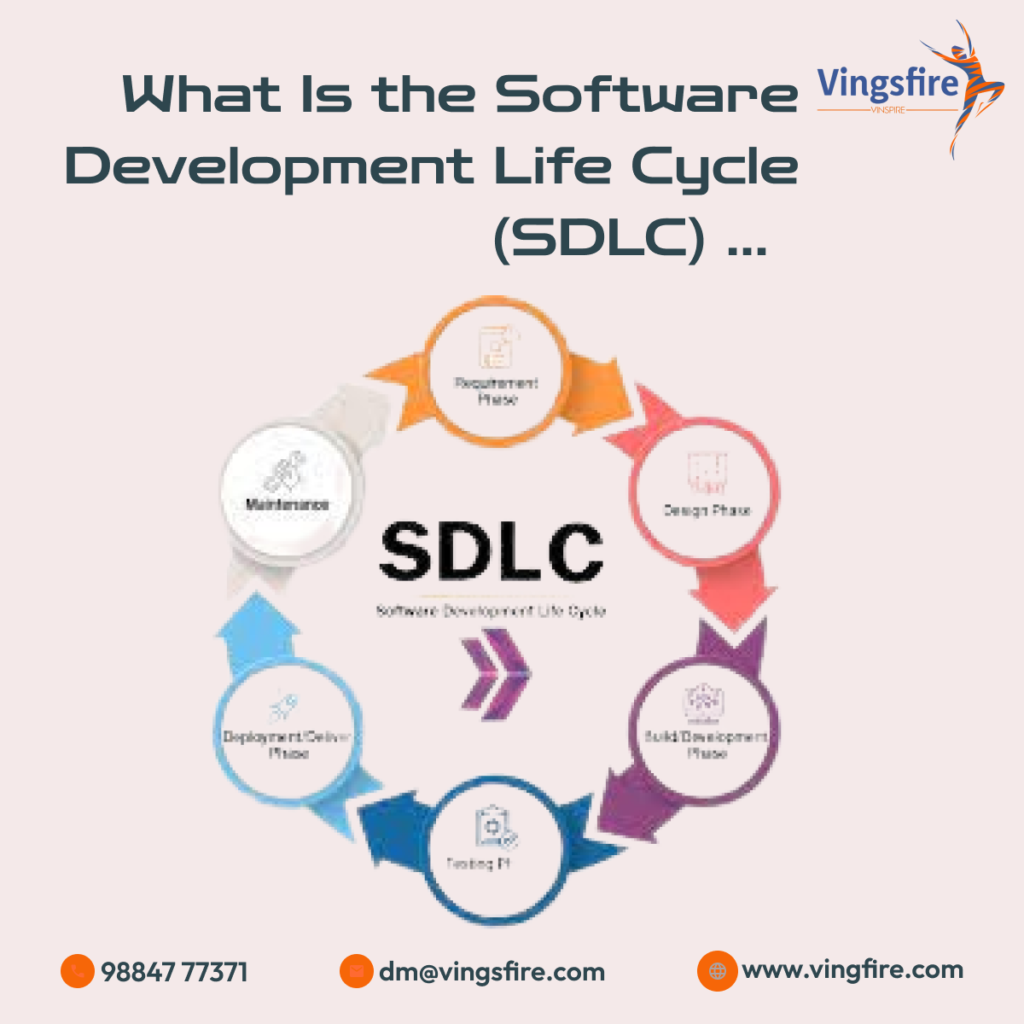
The journey from a conceptualized idea to a functioning software application isn’t a haphazard one. It’s a carefully orchestrated roadmap, a dance of phases and processes known as the Software Development Life Cycle (SDLC). In the realm of software engineering, the SDLC serves as the guiding light, illuminating the path from initial conception to user’s fingertips.
Imagine this: before laying a single brick, an architect meticulously drafts blueprints, considering every element from foundation to rooftop. Similarly, the SDLC lays the groundwork for software development, defining a structured approach to ensure quality, efficiency, and ultimately, a satisfied user.
But what exactly is the SDLC?
It’s essentially a framework, a collection of methodologies and best practices that break down the software development process into distinct phases. Each phase serves a specific purpose, with clear deliverables and checkpoints, ensuring smooth progression and minimizing the risk of stumbling in the dark.
Let’s delve deeper into these phases:
Planning and Requirement Gathering: The cornerstone of any successful project is a crystal-clear understanding of what needs to be built. This phase involves identifying user needs, defining functionalities, and outlining project scope. Think of it as meticulously sculpting the clay before throwing it on the potter’s wheel.
- Analysis and Design: With the blueprint etched in stone, it’s time to translate it into actionable plans. This phase involves analyzing the requirements, architecting the software solution, and crafting detailed design documents. It’s akin to drawing out the building’s anatomy, with every wire and wall mapped out precisely.
- Development and Implementation: Now comes the hands-on construction! Developers write code, build functionalities, and bring the design to life. This phase is where the magic happens, transforming lines of code into a tangible software application. Imagine the bricklayers meticulously erecting the structure, piece by piece.
- Testing and Quality Assurance: Before unleashing the software into the wild, it’s critical to ensure its quality and adherence to requirements. This phase involves rigorous testing, identifying and fixing bugs, and polishing the application until it gleams. Think of it as a meticulous quality check, ensuring every screw is tightened and every windowpane sparkles.
- Deployment and Maintenance: The software is launched! But the journey doesn’t end there. This phase involves deploying the application, monitoring its performance, addressing user feedback, and implementing fixes and updates. Imagine the building manager constantly tending to the property, ensuring comfort and functionality for its occupants.
Choosing the Right Model:
It’s worth noting that the SDLC isn’t a monolithic entity. There are a variety of models like Waterfall, Agile, Spiral, and DevOps, each catering to different project needs and team dynamics. Choosing the right model is akin to selecting the optimal tool for the job, ensuring the journey towards a successful software outcome is paved with efficiency and adaptability.
Benefits of Embracing the SDLC:
Adopting the SDLC isn’t just a checkbox exercise; it unlocks a treasure chest of benefits:
- Reduced Costs and Risks: By planning and iterating, the SDLC minimizes costly rework and surprises down the line.
- Enhanced Quality and User Satisfaction: A structured approach translates to a polished, bug-free software that delights users.
- Improved Communication and Collaboration: Clearly defined phases and deliverables foster seamless communication and teamwork.
- Increased Efficiency and Predictability: Knowing the roadmap keeps progress on track and milestones within reach.
conclusion :
The SDLC, in essence, is the compass that guides software engineers through the treacherous waters of development. It’s a map, a playbook, and a testament to the meticulous efforts behind every click and swipe on your screen. So, the next time you marvel at a seamlessly functioning app, remember, it’s likely the product of a well-orchestrated SDLC dance.
